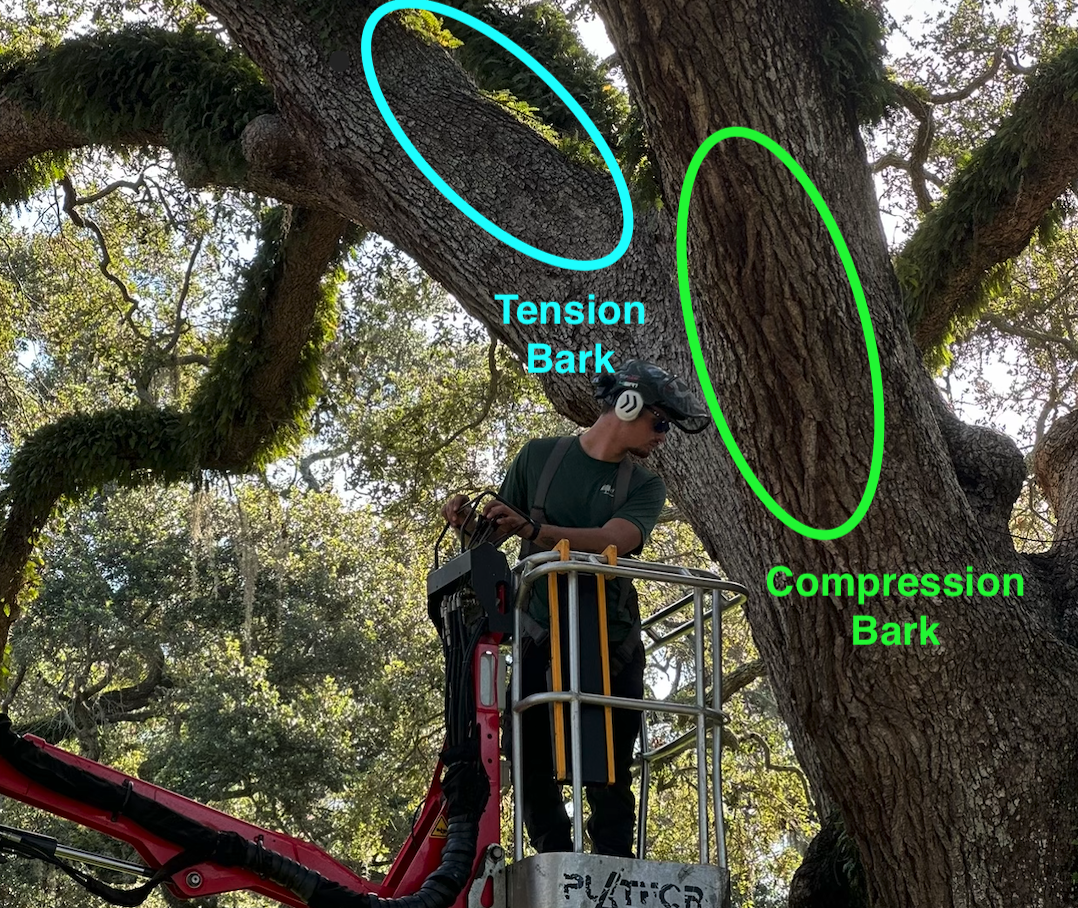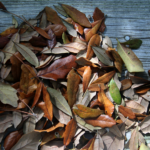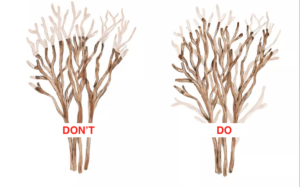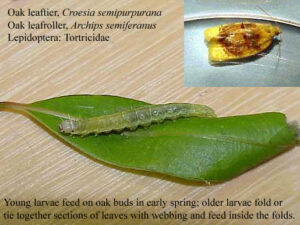Understanding Tension Bark and Compression Bark on Trees
When you gaze upon the majestic beauty of a tree, you might not realize that its bark isn’t just a protective layer; it’s a reflection of the tree’s structural strength. Two primary types of bark, tension bark and compression bark, play crucial roles in a tree’s growth and stability. In this article, we’ll delve into these types of bark, exploring their characteristics and functions.
Tension Bark:
Tension bark, also known as “uphill bark,” is found on the upper side of branches and stems that face upwards. It typically forms on the outer curve of the branches, where the tree is stretched as it reaches towards the sky. Tension bark tends to be smoother in texture, often resembling a series of elongated ridges running parallel to the branch. This type of bark acts like a support system, providing strength to counteract the gravitational pull on the branch.
Function of Tension Bark:
Tension bark serves as a reinforcement mechanism, helping the tree withstand the forces that might otherwise cause the branch to bend or break. As the tree grows and sways in the wind, tension bark helps distribute stress evenly along the branch, preventing it from snapping under pressure. Think of it as nature’s way of ensuring the tree can reach for the sunlight without sacrificing its structural integrity.
Compression Bark:
On the flip side, compression bark, or “downhill bark,” forms on the lower side of branches and stems, where gravity pushes down on the tree’s structure. This type of bark appears rougher and may have more irregular patterns compared to tension bark. Compression bark is essentially the tree’s response to the compressive forces it experiences due to its own weight.
Function of Compression Bark:
Compression bark reinforces the lower side of branches, helping them resist the downward forces that could lead to bending or breaking. While tension bark counteracts the pull of gravity, compression bark acts as a shield against the weight of the tree itself. It’s like the tree’s own armor, ensuring that it remains strong and stable, even during storms or heavy loads like snow.
Next time you find yourself surrounded by trees, take a moment to appreciate the incredible design of tension and compression bark. These two types of bark work harmoniously to create a robust support system, enabling trees to stand tall, reach for the sky, and endure the challenges of their environment. By understanding the roles of tension and compression bark, we gain a deeper appreciation for the remarkable adaptations that allow trees to thrive in the natural world.




